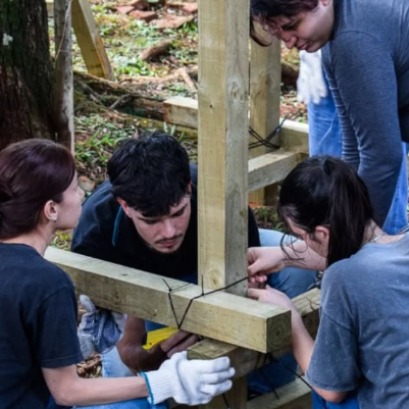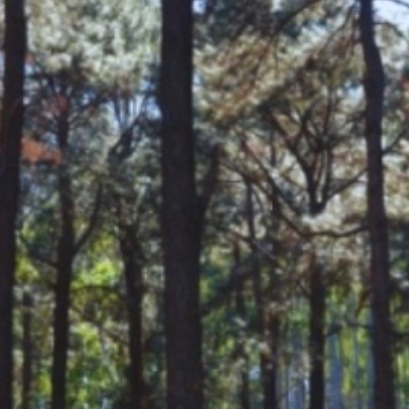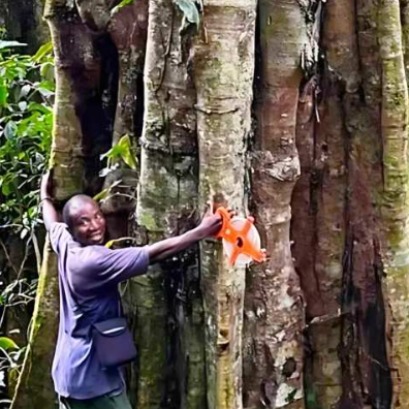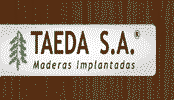
Italian market confirm positive results in 2016 for woodworking technology
The year 2016 closed positively: the final figures processed by the Studies Office of Acimall association for last year are aligned with forecasts, and reflect the positive atmosphere of the wood technology industry in Italy.
Production amounted to 2,057 million euro, 10.4 percent more than 1,864 in 2015. Such percent variation is similar to 2015 versus 2014, when the variation was 11.7 percent; so, two years of double-digit growth.
The figures provided by the Italian statistics institute Istat allow to draw a final balance of import and export: in 2016, sales abroad amounted to 1,495 million euro, 5.8 percent more than in 2015, when export had grown much stronger by 12.7 percent versus 2014.
End-of-year figures indicate that last year was largely positive, most and foremost for the domestic market which – driven by fiscal incentives and public support to the industry and, in general, to consumption – reached 562 million euro, 24.8 percent more than total sales in the previous twelve months.
The market situation is much more favorable, commented Dario Corbetta, Acimall director, and finally, it is not supported only by our strong export propensity, but also by an expansion of domestic demand and higher propensity to invest in instrumental goods. Such trend is confirmed by import, achieving 181 million euro, 19,4 percent more than in 2015.
2017 Forecast
The Italian market is lively and it is expected to get an additional boost from the “Industria 4.0” plan launched by the government. In this respect, the Studies office of the Confindustria member association indicates specific figures for 2017: the Italian market might grow by another 20 percent, passing the 700 million euro threshold. Also production is expanding, with an expected value of 2.2 billion euro (plus 10 percent compared to 2016) and 1.6 million export (plus 6 percent).

IT MAY INTEREST YOU
 Architecture with identity: university students from Argentina and Paraguay design and build with missionary wood
Architecture with identity: university students from Argentina and Paraguay design and build with missionary wood
The Faculty of Art and Design (FAyD) of the National University of Misiones (UNaM) hosted the inauguration of the first edition of “Yvyvyrá: territory, matter and architecture”, an international workshop that promotes learning, experimentation and architectural design using wood and other materials typical of the biomes of the Atlantic Forest (Paranaense Forest) and the Humid Chaco.
 They promote research in pine resins from the NEA
They promote research in pine resins from the NEA
The forestry industry is one of the most important sectors in the economies of Misiones and Corrientes. Thousands of hectares of pine supply the paper, pulp, boards and sawmill industry. Pinus elliottii, one of the species established in the region, in addition to providing wood, is used to produce resin, a non-wood forest product with high demand in the chemical, pharmaceutical and cosmetic industries. In 2\024, resin extraction of approximately 52,6\0\0 tons was achieved from approximately 18,\0\0\0,\0\0\0 trees in production, generating income and jobs with high expansion potential.
 Botanists discover giant trees up to 3,��� years old in Tanzania, unknown until now by science
Botanists discover giant trees up to 3,��� years old in Tanzania, unknown until now by science
Scientists have identified a new species of giant tree, Tessmannia princeps, in the Udzungwa Mountains. This species had never before been recorded by science.












